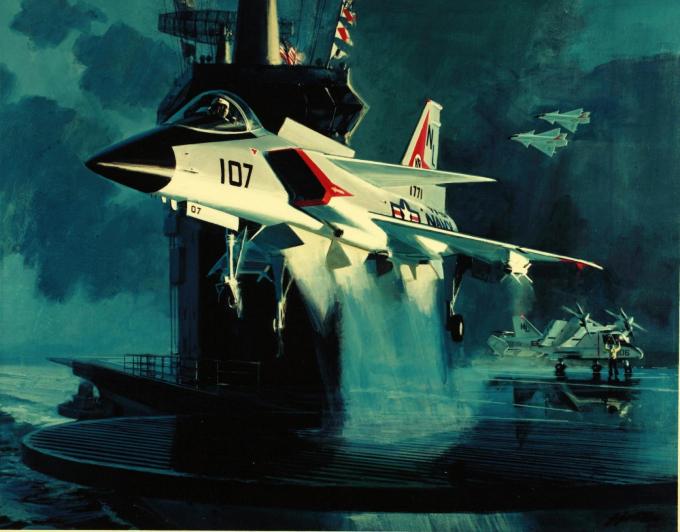
The Convair Model 200 was a design for a supersonic vertical takeoff and landing (VTOL) fighter requirement for the United States Navy Sea Control Ship. Further versions were planned for conventional catapult launches and landing using the arresting gear.

The Convair Model 200 was designed in 1973 as a single-jet fighter, that could be built in both vertical takeoff and landing (VTOL) (model 200A) and conventional takeoff and landing (CTOL) configurations (Model 201A). For the CTOL, the single Pratt & Whitney JTF22A-26A with tail hook, canard with flap, and CTOL tail cone. For the VTOL operations, the single Pratt & Whitney JTF22A-30A with a jet exhaust pipe tiltable by 90 degrees, and two additional lifting engines with 46.7 kN thrust each were provided behind the cockpit. The lifting engines and the swiveling nozzles were eliminated in the CTOL versions. The top speed was Mach 2. The wingspan was 27 feet 10.5 inches; the length was 51 feet 1.5 inches. The Model 200 had a cruise engine, a swept tail, two ventral fins under the fuselage, delta wings and delta canards directly behind the rectangular air intakes. The Model 200 was proposed in a US Navy competition for a small VTOL fighter that could be carried by the Sea Control Ship, the small aircraft carriers that the US Navy was planning at the time. Neither the Model 200 nor the SCS were built. However, a competitor of the Model 200, the Rockwell XFV-12 fighter aircraft, was built. The XFV-12 was far from meeting expectations, and the project was canceled before the second XFV-12 was completed. Various models for wind tunnel tests were built for the Convair Model 200.
Controls:
AG7+VTOL Down: Activate VTOL System
Trim: Adjust Trim
Specifications
General Characteristics
- Successors 1 airplane(s)
- Created On Windows
- Wingspan 22.1ft (6.7m)
- Length 36.9ft (11.3m)
- Height 13.7ft (4.2m)
- Empty Weight N/A
- Loaded Weight 9,426lbs (4,275kg)
Performance
- Power/Weight Ratio 3.337
- Wing Loading 31.5lbs/ft2 (153.7kg/m2)
- Wing Area 299.4ft2 (27.8m2)
- Drag Points 1553
Parts
- Number of Parts 185
- Control Surfaces 5
- Performance Cost 784

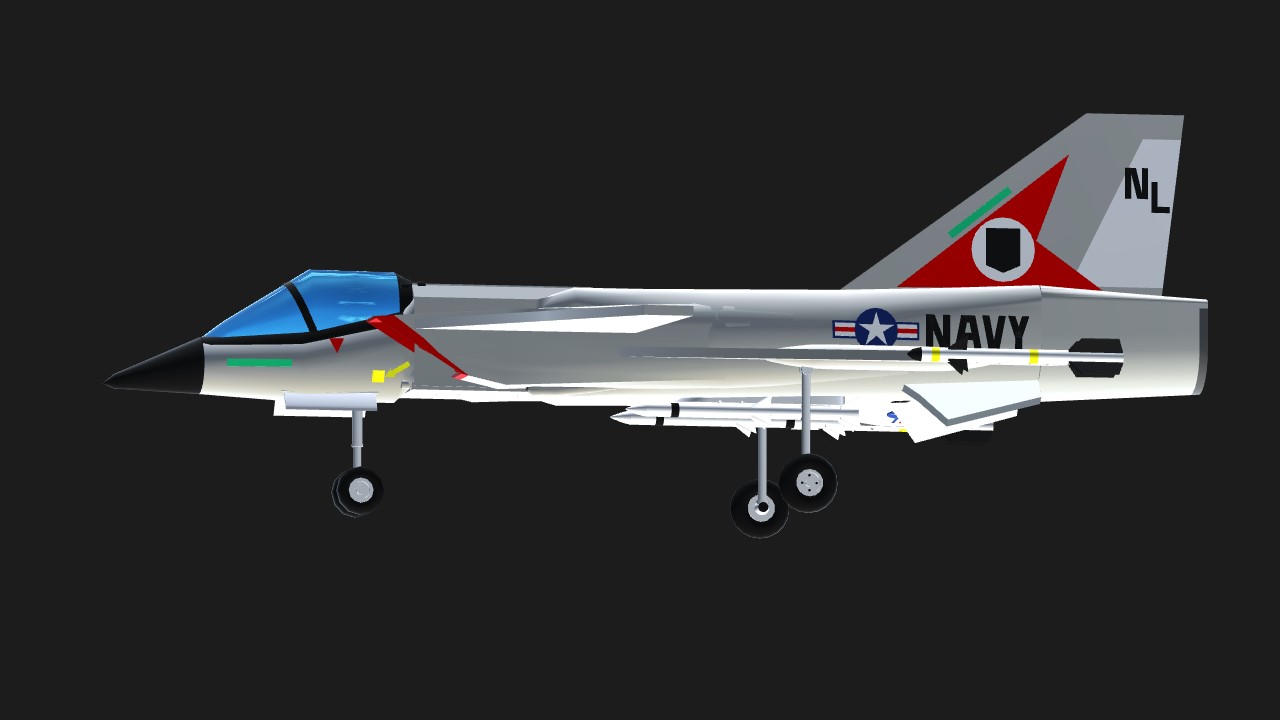
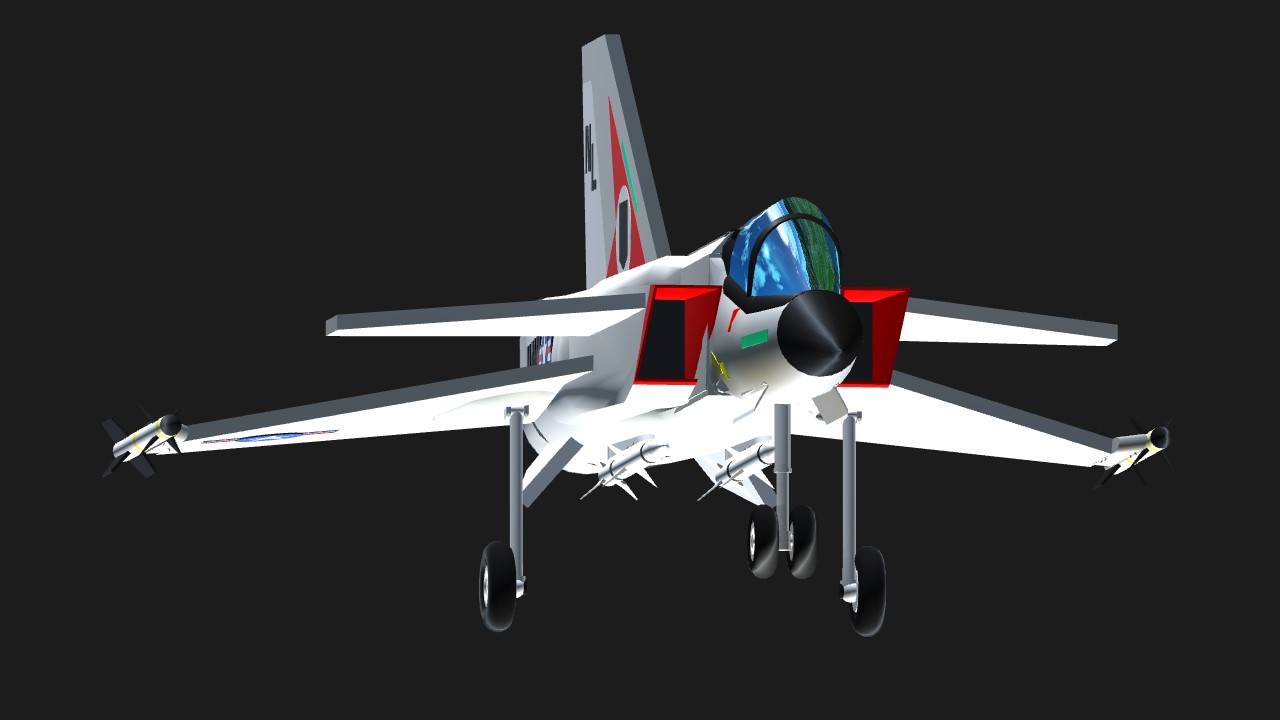
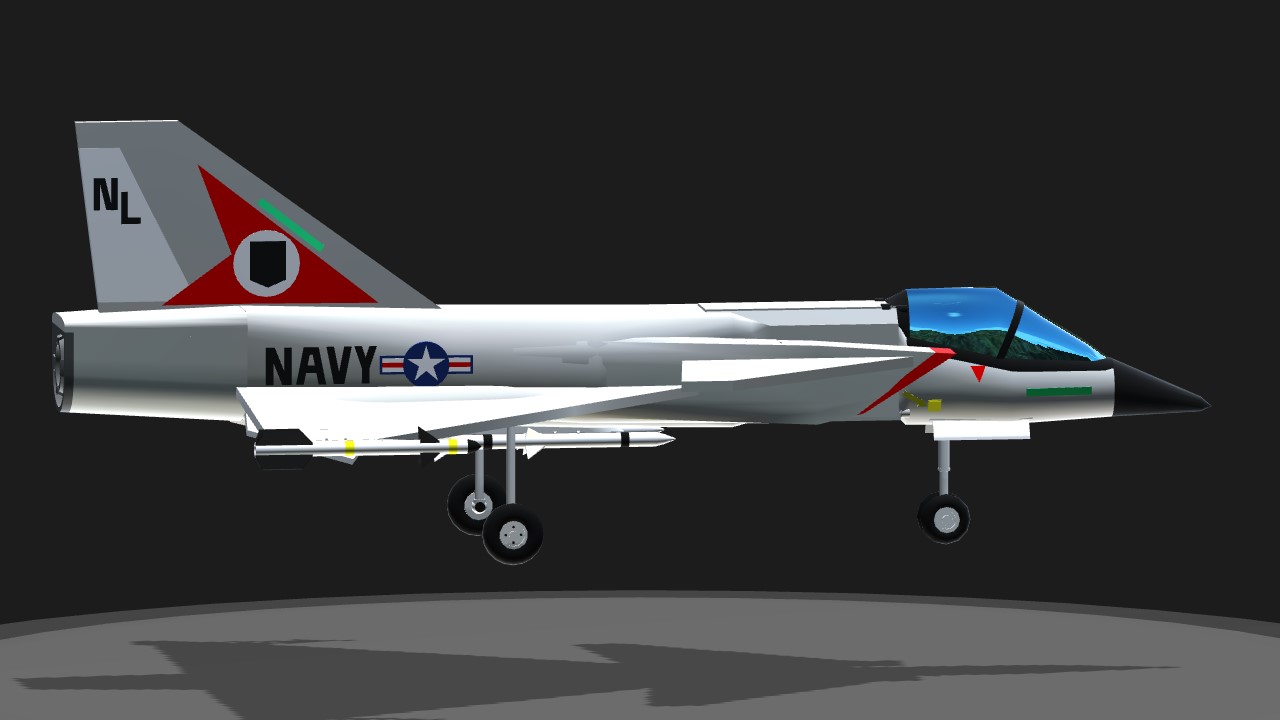


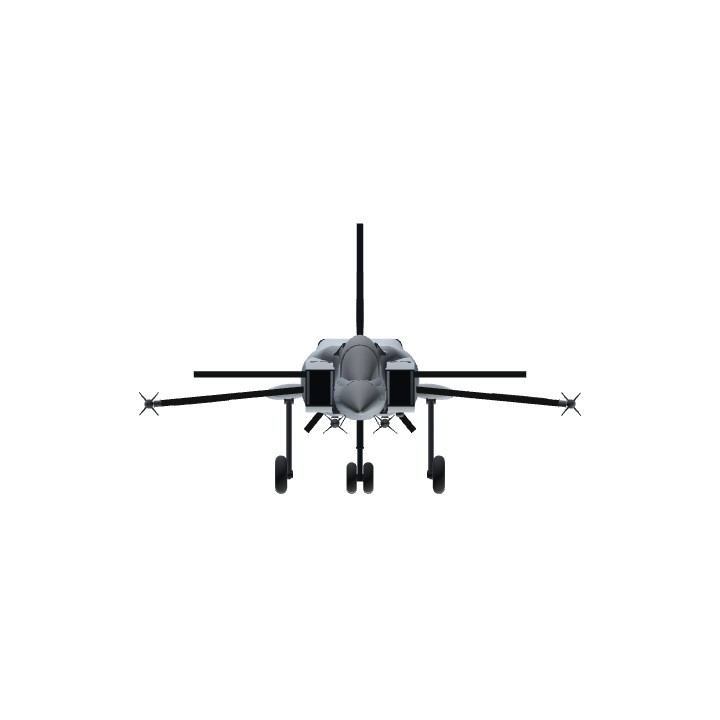
Nice!
That was really fun to fly!